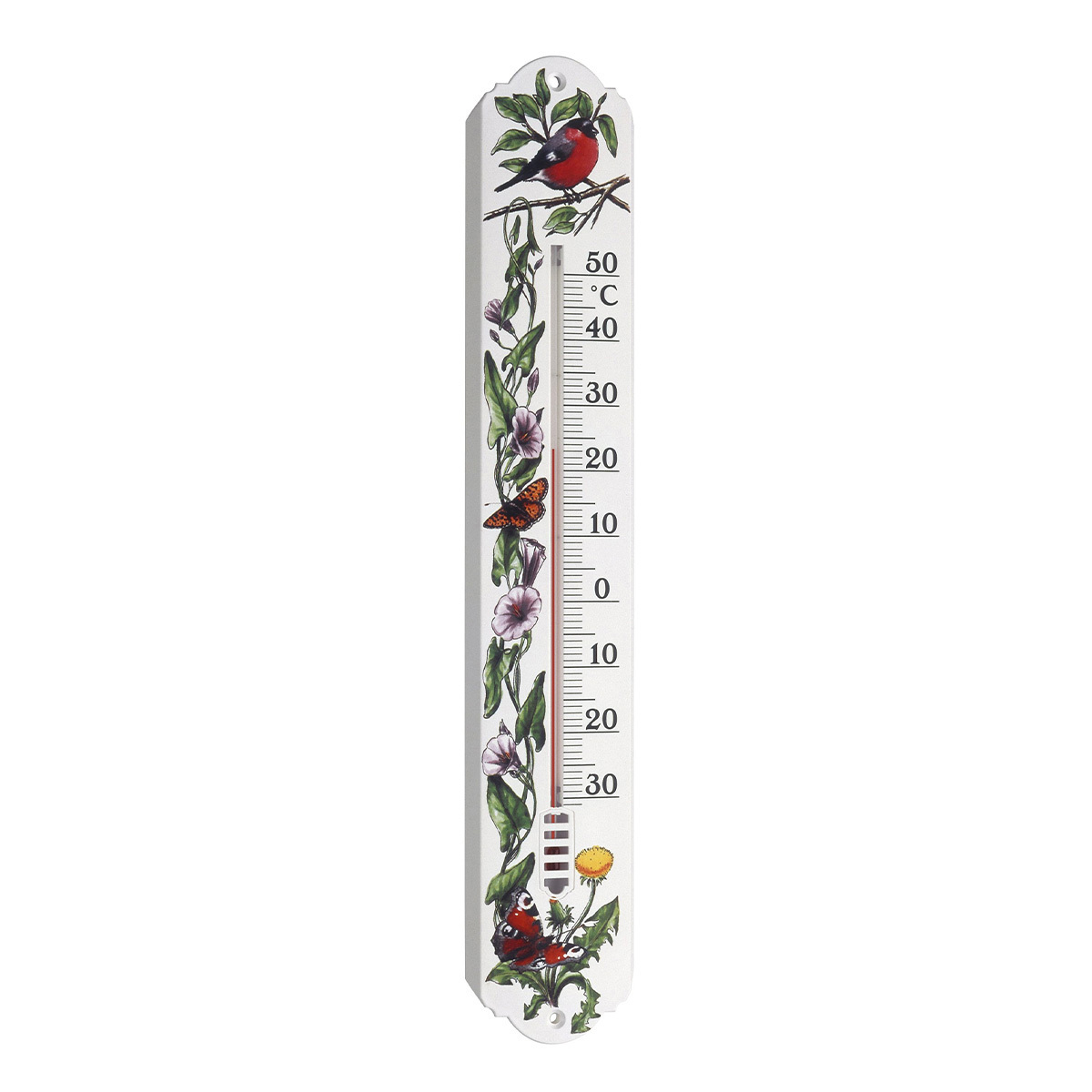Introduction to Decorative Indoor Thermometers
In today’s modern home, functionality and aesthetics go hand in hand. One often-overlooked element that can add both elegance and utility to your space is a decorative indoor thermometer. These pieces not only serve the practical purpose of monitoring temperature but also add a touch of charm to your décor. In this article, we will explore various styles, benefits, tips for choosing the right thermometer, and creative ways to display them in your home.
Why Choose a Decorative Indoor Thermometer?
Decorative indoor thermometers can transform an ordinary space into something extraordinary. Here’s why you might want to consider incorporating one into your home:
- Functional Art: They serve a dual purpose, combining art with functionality.
- Diverse Styles: Available in various designs to match any home décor.
- Conversation Starters: Unique designs can spark discussions among guests.
- Easy to Install: Most models are easy to hang or mount, making installation a breeze.
Popular Styles of Decorative Indoor Thermometers
When it comes to selecting a decorative indoor thermometer, the style can significantly impact your home’s aesthetic. Let’s delve into some popular styles:
1. Vintage Thermometers
Vintage thermometers evoke a sense of nostalgia and can add character to any room. Often featuring classic fonts and weathered finishes, they work beautifully in rustic or traditional settings.
2. Modern Minimalistic Designs
For those who prefer a clean and straightforward aesthetic, modern minimalist thermometers are perfect. These designs often utilize simple shapes and colors, making them ideal for contemporary homes.

3. Thematic or Artistic Thermometers
If you’re passionate about a particular theme—be it nautical, botanical, or abstract—there are thermometers that reflect these interests. Artistic designs can serve as focal points in your décor.
4. Wall-mounted vs. Freestanding Thermometers
Choosing between wall-mounted and freestanding models can affect how you use and display your thermometer. Wall-mounted options save space and can be strategically placed in any room, whereas freestanding thermometers can be moved around to suit your needs.

Comparison Table: Features of Different Decorative Indoor Thermometers
| Style | Material | Display Type | Best For |
|---|---|---|---|
| Vintage | Metal/Wood | Analog | Traditional Homes |
| Modern Minimalistic | Glass/Plastic | Digital | Contemporary Spaces |
| Thematic | Varied | Analog/Digital | Personalized Décor |
| Wall-mounted | Metal/Wood | Analog | Any Room |
| Freestanding | Plastic/Wood | Digital | Living Room or Office |
Choosing the Right Decorative Indoor Thermometer
Consider Your Room’s Style
Before making a purchase, consider the existing décor of your room. Is it modern, rustic, or eclectic? Choose a thermometer that complements the overall theme.

Functionality over Fashion?
While the aesthetic appeal is important, ensure that the thermometer accurately displays temperature. Look for reviews and specifications to find a product that balances form and function.
Placement and Size
The size of the thermometer should be proportional to the space where you plan to display it. A large wall-mounted thermometer might dominate a small space, while a petite freestanding thermometer can get lost in a larger room.

Creative Ideas for Displaying Indoor Thermometers
1. Entryway Accent
Placing a decorative thermometer in your entryway can give guests a warm welcome while showcasing your personal style.
2. Kitchen Companion
Incorporate a thermometer that matches your kitchen’s theme. Whether it’s vintage or modern, it can serve as both decoration and a tool for ensuring optimal cooking conditions.

3. Living Room Focal Point
A large, artistic thermometer can act as a focal point in your living room. Pair it with other wall art for an eye-catching gallery wall.
4. Office Desk Companion
A stylish freestanding thermometer on your desk can enhance your work environment while being functional.

Pros and Cons of Decorative Indoor Thermometers
Pros
- Adds character to your home.
- Helps monitor indoor climate effectively.
- Available in a variety of styles and materials.
- Easy to install and move as needed.
Cons
- May not always be as accurate as traditional thermometers.
- Can be more expensive than simple models.
- Some styles may require specific installation considerations.
Frequently Asked Questions (FAQs)
1. How do I install a decorative indoor thermometer?
Installation varies depending on the type of thermometer. Wall-mounted models typically require screws or adhesive hooks, while freestanding models need no installation at all—simply place them on a flat surface.
2. Are decorative indoor thermometers accurate?
The accuracy of decorative thermometers can vary. It’s essential to read reviews and check specifications before purchasing to ensure you get a reliable product.
3. Can I use a decorative indoor thermometer outdoors?
Generally, decorative indoor thermometers are not designed for outdoor use, as they may be affected by moisture and temperature fluctuations. Always check the manufacturer’s recommendations.
4. What materials are best for a decorative thermometer?
Common materials include metal, wood, and glass. Choose a material that suits your aesthetic and is durable enough for your intended placement.
5. How can I ensure that my decorative thermometer matches my home décor?
Before purchasing, consider the color palette, material, and design of your existing décor. Look for thermometers that echo these elements to create a cohesive look.